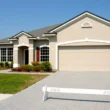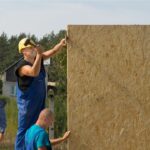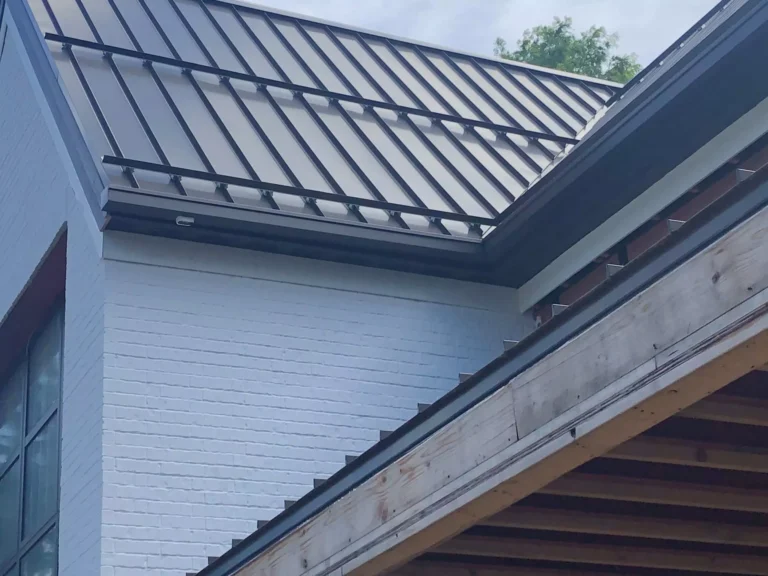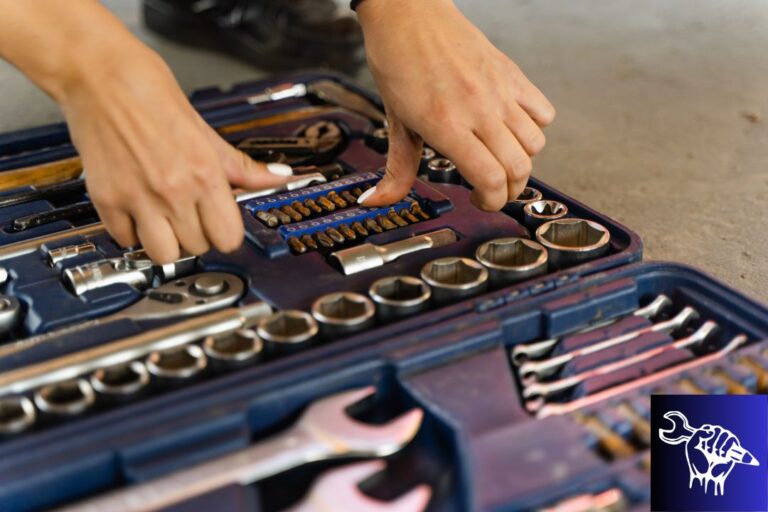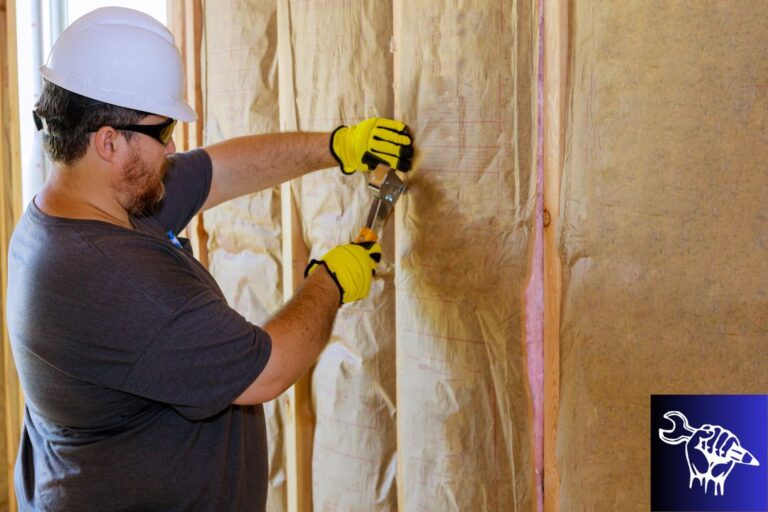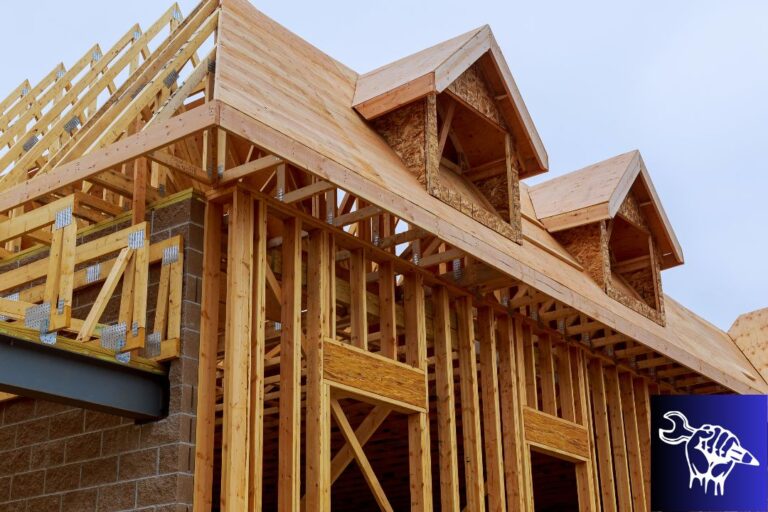When building walls for homes and buildings, it’s important to come up with new ideas to make them work better, last longer, and last longer. Keeping up-to-date with the latest construction technologies is crucial in this rapidly evolving industry. One of the most important parts of building a wall is the siding. It helps keep the wall safe and makes it look better. This is especially true for those considering siding replacement services.
Smart Siding

The use of smart technology is changing the way siding is made. Smart siding products can monitor environmental conditions and adjust ventilation accordingly. They can also incorporate solar panels or generate energy through kinetic motion, contributing to energy-efficient and sustainable building practices. Traditionally, siding replacement meant choosing between wood, vinyl, or aluminum. However, the industry has evolved with the introduction of advanced materials like fiber cement, engineered wood, and metal composite siding. Imagine siding that is capable of adapting to varying weather conditions and enhancing energy efficiency.
The implementation of intelligent siding technology is transforming this notion into a tangible reality. Temperature, insulation, and even integration with your home automation system are some of the things these siding products can do. With smart siding, you can ensure your home remains comfortable while reducing energy costs. If you are considering this solution check out Siding Replacement Services.
Modular Wall Systems
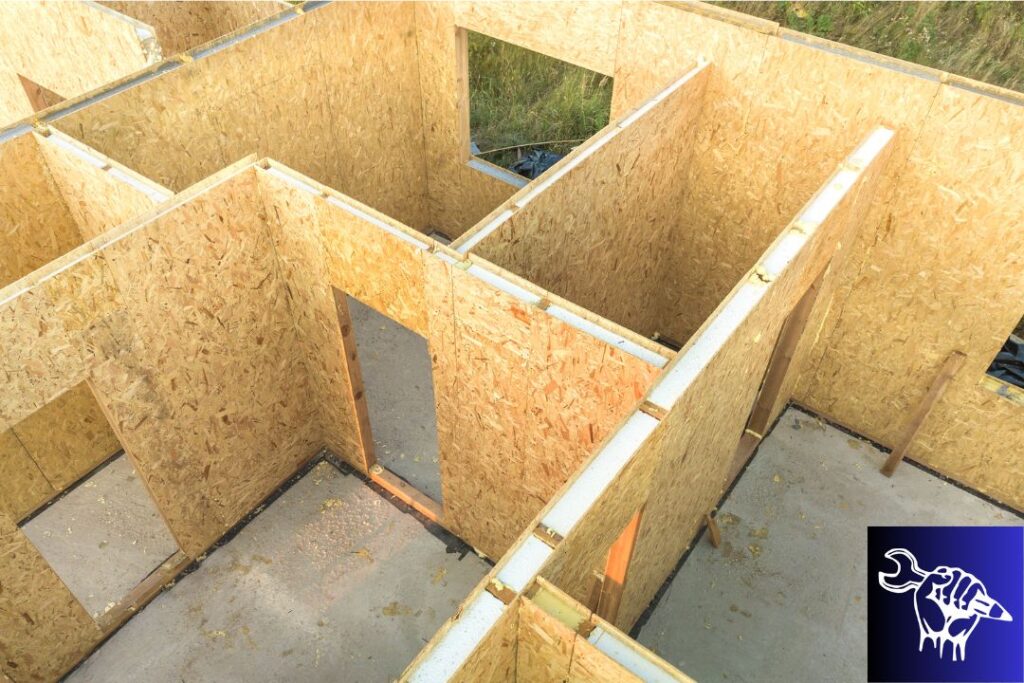
Module wall systems are transforming how walls are constructed. These prefabricated panels are made in a factory and then put together on site. This helps save time and money. Modular systems can incorporate various materials, including advanced siding options, making them highly versatile.
Modular wall systems are changing the way walls are constructed. These pre-fabricated panels are designed off-site and then assembled on-site, reducing construction time and waste. Sustainability is a key consideration in modern construction, and Modular Wall Systems align with green building practices. Off-site fabrication reduces waste, as materials are optimized for each project.
The Revolution of 3D Printing in Wall Construction
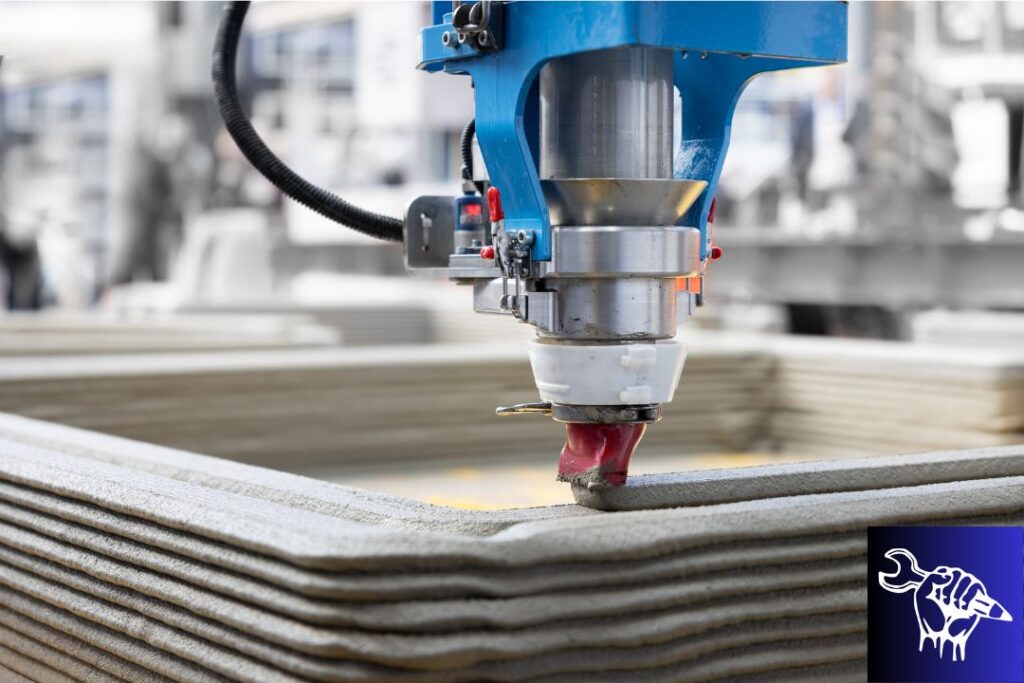
In the realm of construction, 3D printing technology is causing quite a stir, and its impact is especially profound in the field of wall construction. This groundbreaking technology is redefining the way we approach construction projects by offering a multitude of advantages that extend beyond traditional methods. Let’s delve deeper into how 3D printing is making waves in wall construction and why it’s a game-changer for the industry.
One of the most remarkable aspects of 3D printing in wall construction is its ability to produce intricate wall designs with incredible precision and speed. Unlike traditional construction methods, which may require extensive labor and time to create complex patterns or textures, 3D printing can effortlessly bring intricate designs to life. Whether it’s ornate facades, textured surfaces, or patterns that were once considered too intricate to execute efficiently, 3D printing technology is up to the task.
Insulated Concrete Forms (ICFs)

ICFs have been around for some time, but their popularity is on the rise due to their energy efficiency and durability. These forms are filled with concrete, creating strong and insulated walls that offer superior thermal performance. ICFs are a sustainable choice and can significantly reduce heating and cooling costs.
Maintenance costs, and increased property value can lead to significant cost savings over the life of your home. ICFs can accommodate a wide range of architectural styles and siding materials. Whether you prefer traditional wood siding, vinyl, fiber cement, or other options, ICF walls can be adapted to suit your design preferences. If you are planning a facade renovation also think about the roof of your house. To make sure your roof is safe, contact roof replacement services.
Kinetic Footfall Energy Harvesting
It is a well-known fact that one of the most significant areas of new construction techniques in buildings is the incorporation of alternative energy in various forms. The method of kinetic footfall energy collection involves placing sensors in busy areas to capture and store thermal energy generated by stepping feet.
This is a new way to plan for the future and use energy that is more sustainable and doesn’t depend on the main power grid. These new ways of moving things are being tested on roads right now, but people haven’t liked them as much as solar roads. Until then, it may be a while before the technology truly becomes mainstream. Siding replacement services can completely revitalize the appearance of your home’s exterior.


